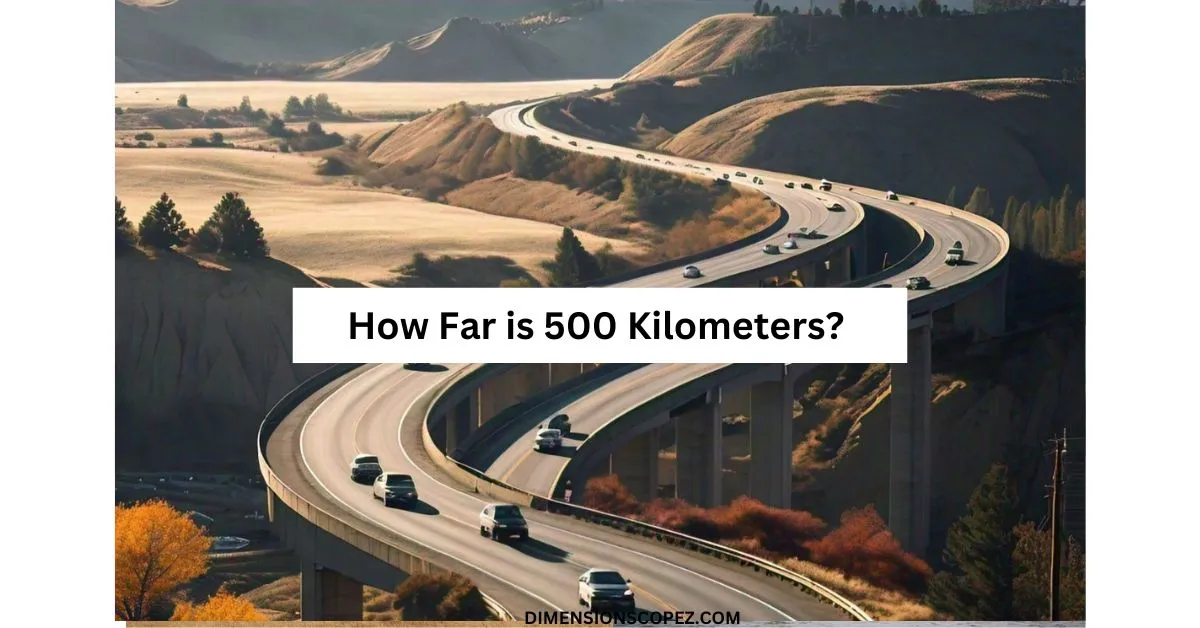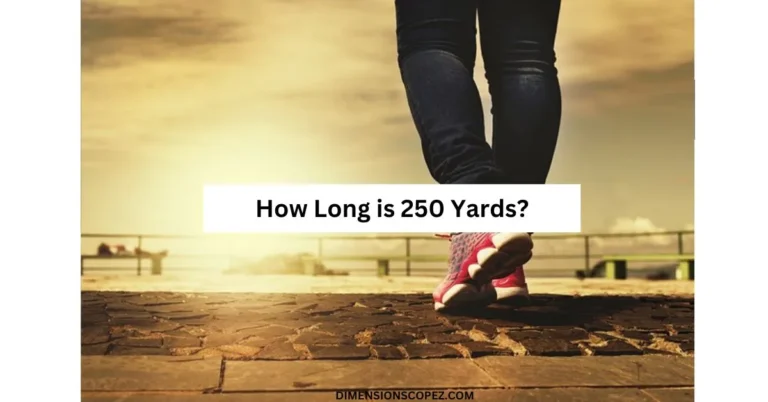How Far is 500 Kilometers (km)? 8 Common Comparisons
500 kilometers, equal to 310.6 miles, is a considerable distance spanning multiple regions, states, or even countries. Whether you’re considering a journey by car, planning a lengthy hike, or just curious about distances, here is something for everyone.
This post breaks down various ways to comprehend this distance, from driving and walking perspectives to several intriguing comparisons. We’ll start by exploring how long it takes to drive and walk, giving practical insights for travellers and fitness enthusiasts alike.
Following that, we’ll dive into eight unique comparisons to demonstrate the vastness of this distance. These range from natural wonders like the Amazon River to urban landmarks such as the Las Vegas Strip. Once you finish reading this, you’ll have a much better idea of how long 500 km is.
How Long is 500 Kilometers to Drive?
On a highway with a speed limit of 100 km/h, it would take approximately 6 to 7 hours to cover 500 kilometers without any major delays. However, in more urban settings with lower speed limits and potential traffic congestion, the journey might take longer.
For instance, driving five hundred kilometers through a mix of city and rural roads could extend the trip to 8 or 9 hours. Understanding this distance in terms of driving time can help in planning long trips and gauging how far this distance feels on the road.
How Far is 500 km to Walk?
Walking 500 kilometers is a formidable challenge that would require a lot of time and effort. When you walk at an average walking speed, which is about 5 kilometers per hour. At this pace, walking the same distance would take around 100 hours or four days of continuous walking. If someone were to walk for 8 hours a day, it would take approximately 12-13 days to cover this distance.
This calculation doesn’t account for breaks, meals, or the varying terrain one might encounter, which could extend the duration even further. For serious hikers and long-distance walkers, this journey is like a multi-week trek, showing how tough and dedicated you have to be to walk that far.
Here are detailed common comparisons of 500 km
1. 1/14 the Length of the Amazon River
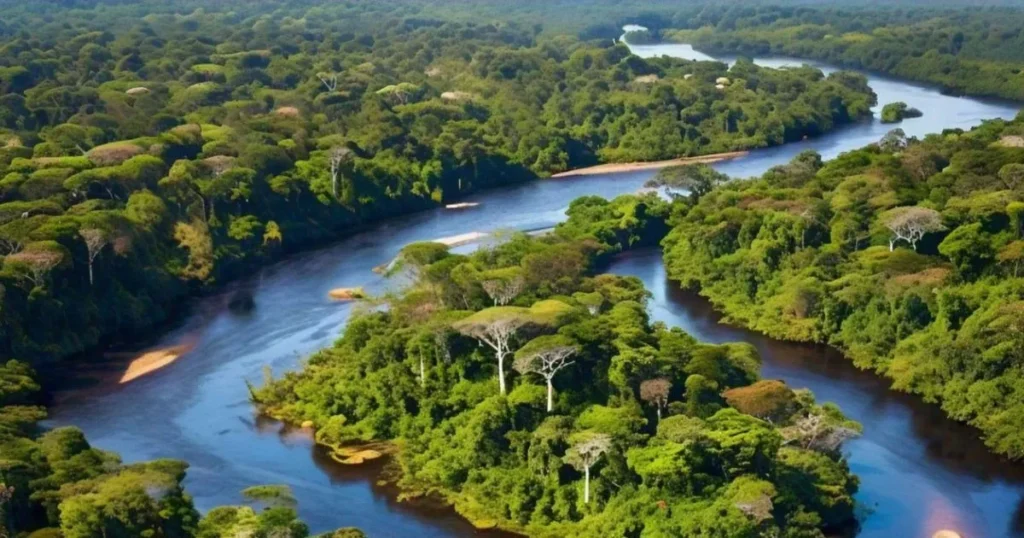
The Amazon flows through some of the world’s largest rivers. According to Britannica, it stretches approximately 4,345 miles, or 6,992 kilometers long, from its start in the Andes Mountains to the Atlantic Ocean. If we compare this to five hundred kilometers, it is about one-fourteenth the length of this mighty river.
Picturing 500 km as a fraction of the Amazon River’s entire length helps highlight its considerable span. The Amazon traverses through diverse ecosystems, including dense rainforests and vast wetlands, supporting a rich variety of wildlife and plant species.
The river runs through the Amazon Rainforest, which is one of the most biodiverse places on Earth. A lot of plant, animal, and insect types that can’t be found anywhere else live there.
2. 100 Laps Around Hyde Park

Hyde Park, one of London’s most famous parks, covers an area of approximately 1.4 square kilometers. A complete loop around Hyde Park’s outer perimeter is about 5 kilometers. To cover 500 kilometers, you need to walk around Hyde Park 100 times.
Hyde Park, known for its historical significance, scenic beauty, and recreational facilities, provides a tangible setting to visualize such a distance. Throughout the year, Hyde Park plays host to a wide range of events and activities, from concerts and festivals to open-air theaters and art installations.
One of its most famous events is the annual Winter Wonderland, a festive extravaganza featuring ice skating, fairground rides, and Christmas markets. Walking around Hyde Park once is a leisurely activity that Londoners and tourists enjoy, but completing 100 laps would be an extraordinary feat, which shows how big 500 km is.
Read Also>> How Far is 50 Miles? 12 Common Comparisons
3. 1/9 the Length of I-80

Interstate 80 (I-80) is a major transcontinental highway in the United States, stretching from San Francisco, California, to Teaneck, New Jersey. Covering a total of approximately 4,668 kilometers, It is one of the longest interstate highways in the U.S.
When we math, one-ninths of it will be 518 kilometers, but it still gives a complete sense of five hundred kilometers. Travelling this distance along I-80 would take you through significant portions of this extensive route.
For example, starting in Chicago, Illinois, a 500-kilometer drive along I-80 could take you across state borders into Iowa or Ohio, passing through a mix of urban centers, suburban areas, and scenic countryside.
4. 74 Trips Around the Las Vegas Strip

The Las Vegas Strip, known for its vibrant nightlife, casinos, and entertainment venues, is approximately 6.8 kilometers long. To reach a distance of 500 kilometers, you would need to traverse the length of the Strip about 74 times.
The Strip’s dazzling lights, iconic hotels, and constant activity offer a familiar yet overwhelming backdrop, helping to visualize the vast expanse of five hundred kilometres through a series of memorable and repetitive journeys.
In essence, the Las Vegas Strip is a microcosm of the city itself. This vibrant, dynamic, and ever-evolving destination captivates visitors with its endless possibilities and non-stop excitement.
5. 1/6 the Length of the Danube River
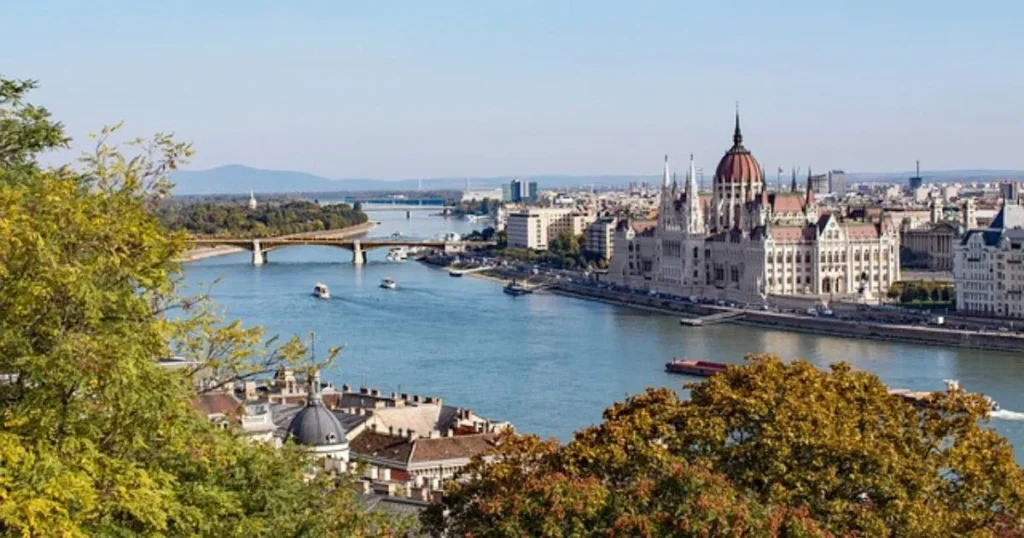
The Danube River, flowing through Central and Eastern Europe, is the second-longest river in Europe, stretching about 2,850 kilometers from its source in Germany to its mouth in the Black Sea. Calculating 500 kilometers as one-sixth the length of the Danube equals 475 kilometers just under 500 kilometers.
This portion of the Danube might take you through several countries, such as Austria, Hungary, and Romania, each with its unique cultural and historical landscapes. Along this journey, the river passes through cities like Vienna, Budapest, and Belgrade, offering a rich tapestry of European history, architecture, and natural beauty.
Its banks are dotted with countless cities, towns, and villages, each with its unique heritage and traditions shaped by the river’s influence. Today, the Danube River continues to be a vital artery for commerce, tourism, and recreation, attracting millions of visitors each year.
6. 12 Times the Marathon

Many people run marathons, which are long races that usually last 42.195 kilometers. To cover 500 kilometers, you must complete almost 12 full marathons. Running a single marathon is a great accomplishment, often requiring months of training and preparation.
Now, imagine multiplying that effort by twelve. It brings to light the remarkable strength and dedication needed to reach five hundred kilometers on foot. Today, marathons are held all around the globe, attracting elite runners, amateur athletes, and recreational enthusiasts.
It emphasizes the length and the mental and physical fortitude needed to tackle such an extensive distance, making it a powerful visualization for athletes and fitness buffs.
7. 156 Round Trips Along the National Mall
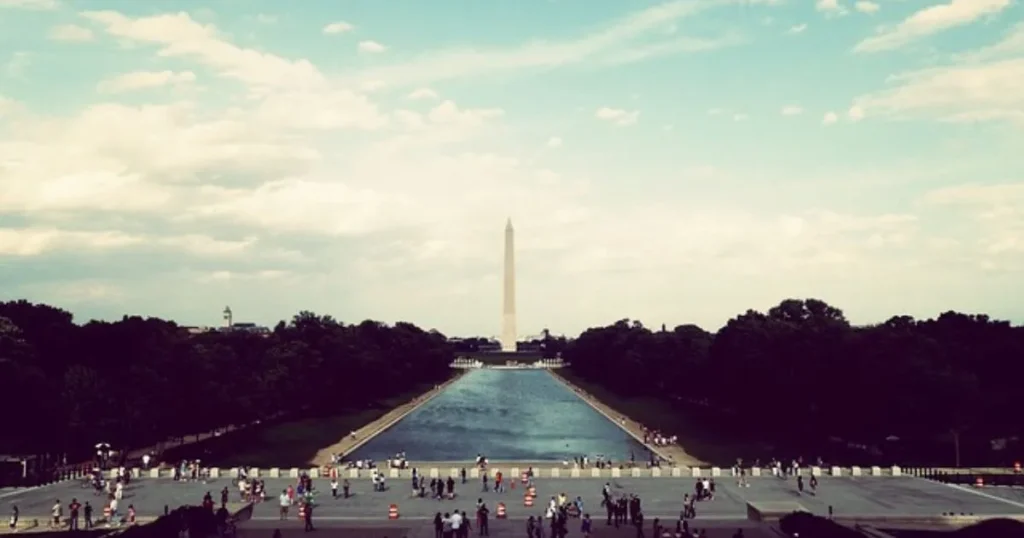
The National Mall in Washington, D.C., is a historic and symbolic open-area national park stretching from the United States Capitol to the Lincoln Memorial, a distance of about 3.2 kilometers. To walk 500 kilometers, you need to make approximately 156 round trips along the National Mall.
It highlights the considerable distance by placing it within a well-known and walkable space that many people are familiar with. The Mall is often bustling with tourists, joggers, and locals, making it a lively and dynamic place to visualize repeated journeys.
Walking the length of the Mall even once offers views of numerous monuments, museums, and government buildings. Doing this 156 times reveals the massive nature of 500 km, providing a clear and impactful way to understand the distance within the context of a highly recognizable landmark.
8. Flight Distance

500 kilometers is a common distance for short domestic flights. For example, a flight from New York City to Washington, D.C., covers approximately this distance. Such a flight typically takes about an hour, making it a helpful example for understanding 500 km.
Visualizing this distance in terms of a flight highlights the efficiency of air travel over long distances. This distance might also cover flights between major cities within European countries or short hops between islands.
It’s easier to recognize 500 kilometers in terms of travel and transportation when you think of it as a flight distance. This makes the distance seem longer and more important as a way to connect big cities.
Conclusion
This article gave you a lot of different points of view to help you understand this huge distance, from useful tips on how to drive and walk to interesting comparisons that put 500 kilometers in perspective.
You can think of five hundred kilometers as many marathons, round trips along famous landmarks, or sections of famous rivers and roads. These comparisons highlight not only the physical distance but also the endurance, time, and effort required to traverse such a span.
We’ve provided a comprehensive guide of 500 km. By relating it to familiar landmarks and everyday activities, You can get a better idea of how long and important this gap is in different situations.
See Also>> Common Things That Are 50 mm Long

